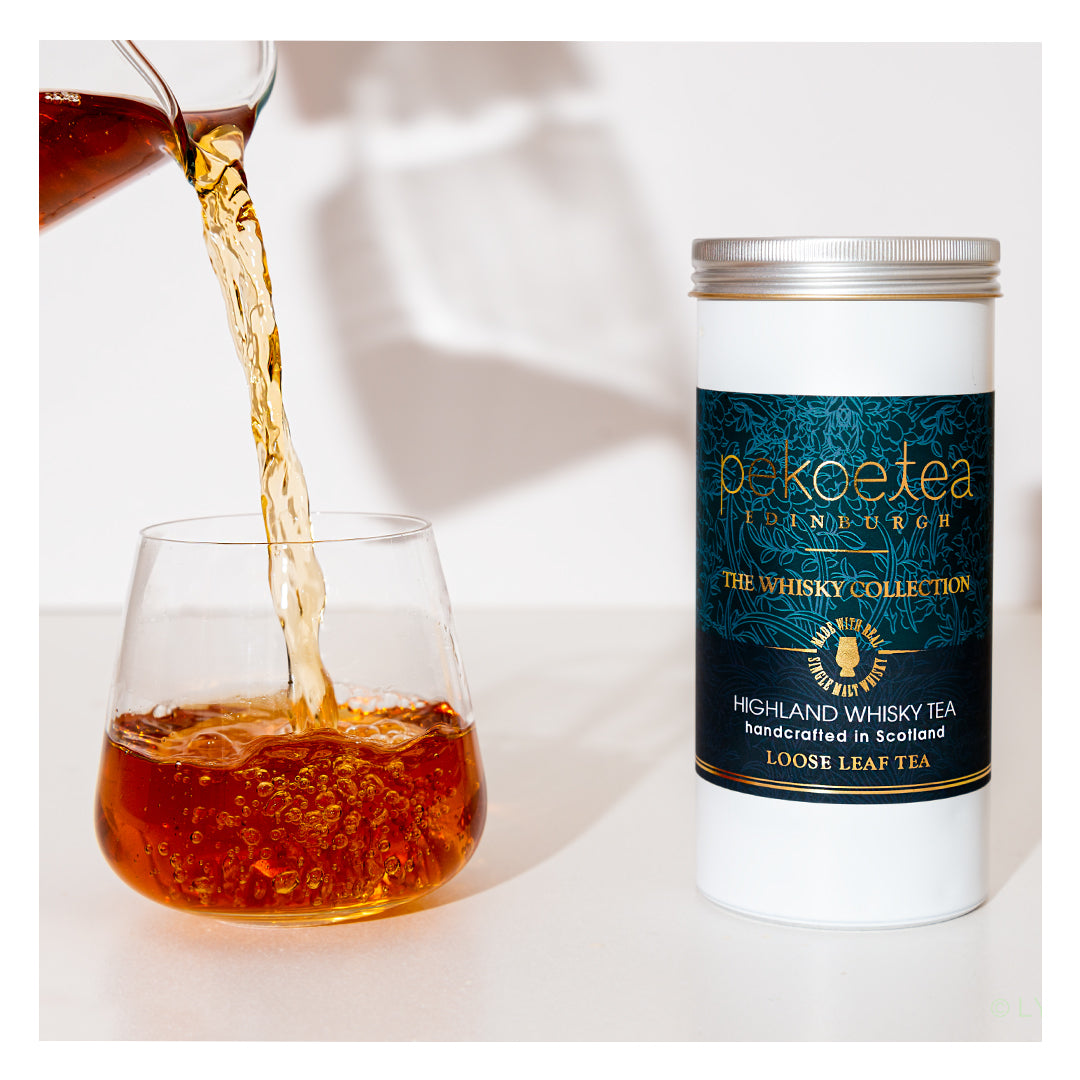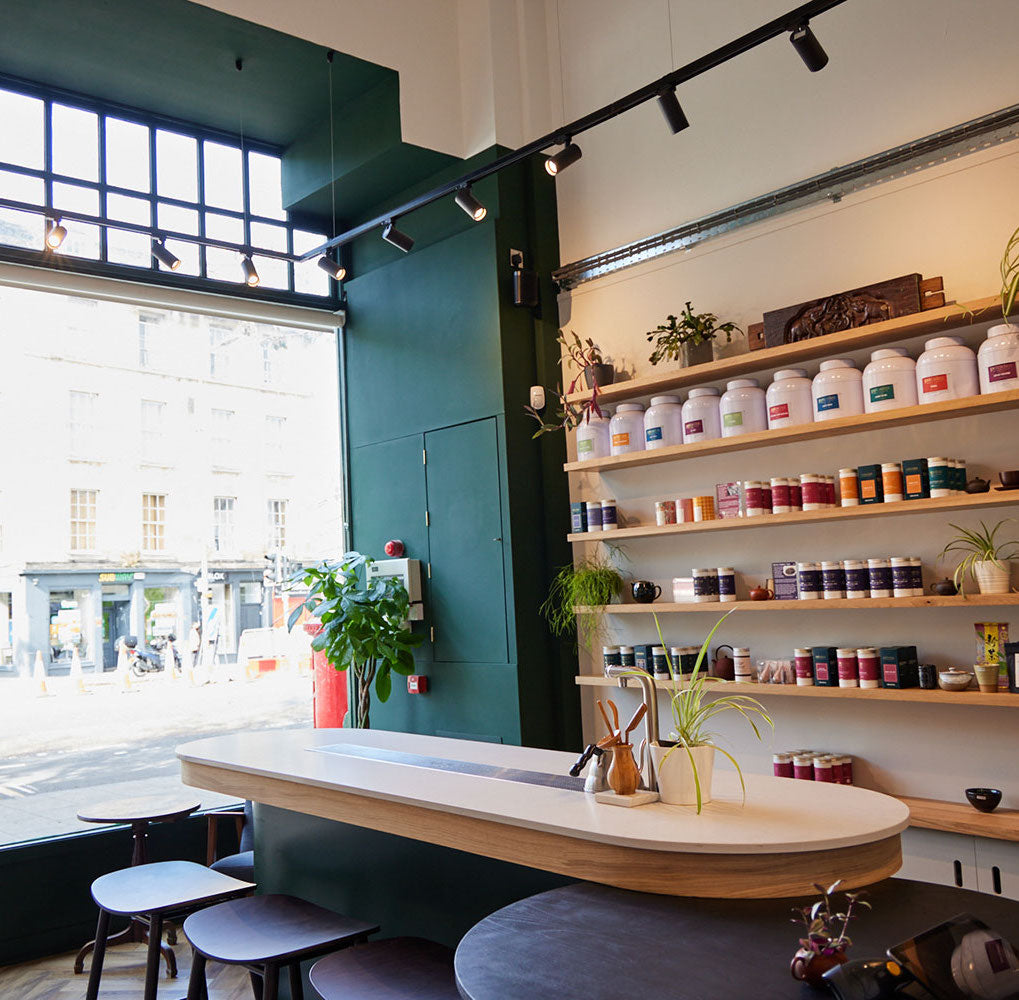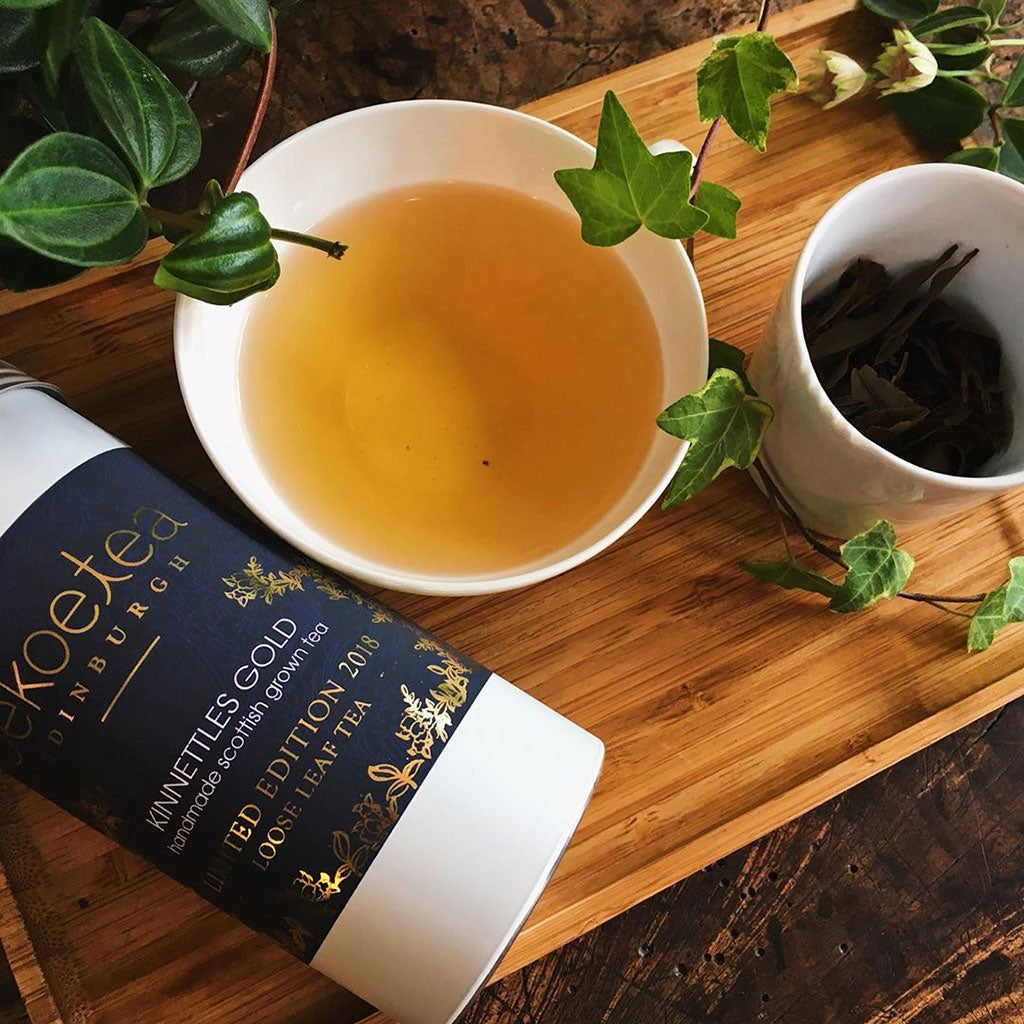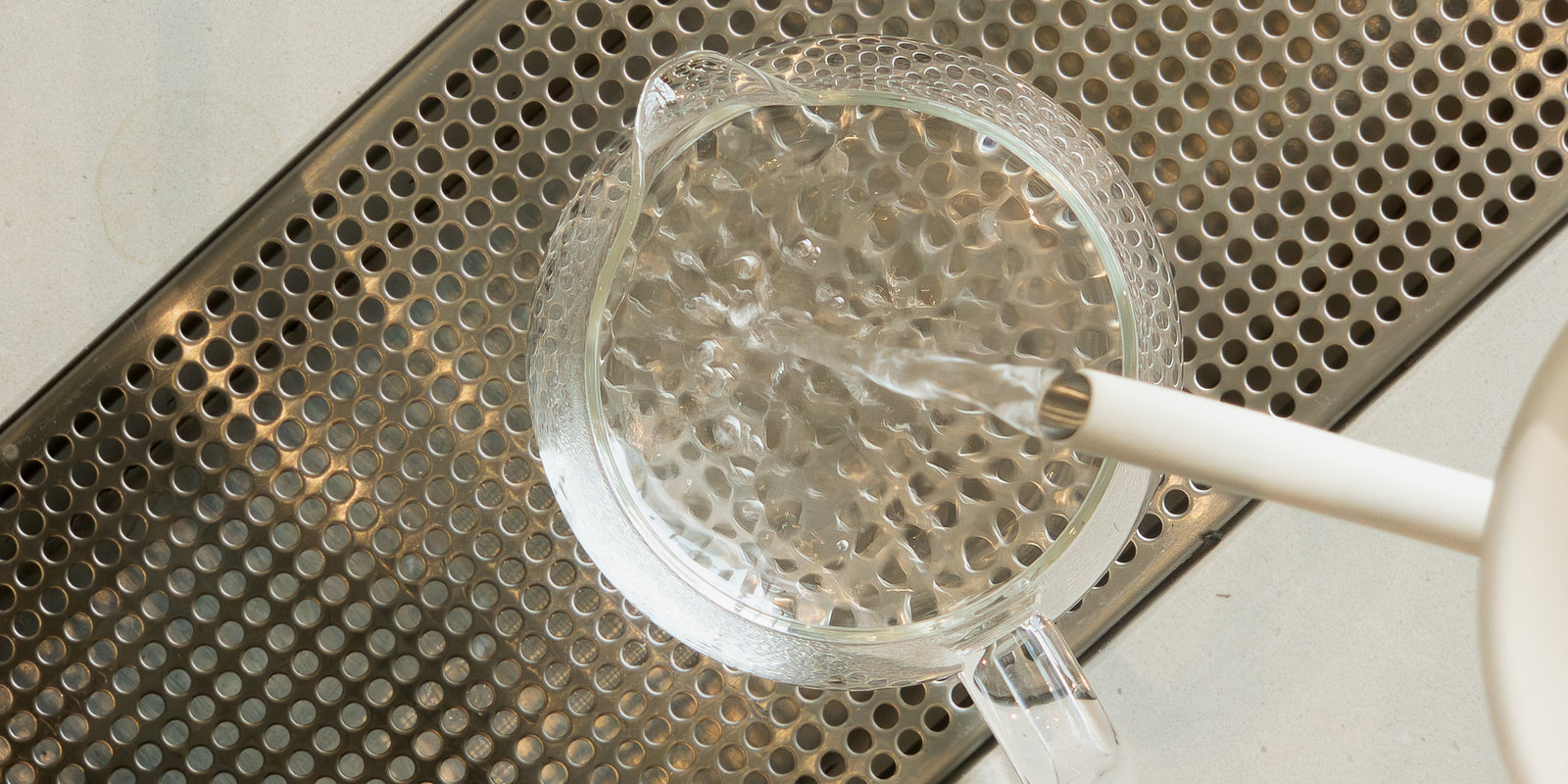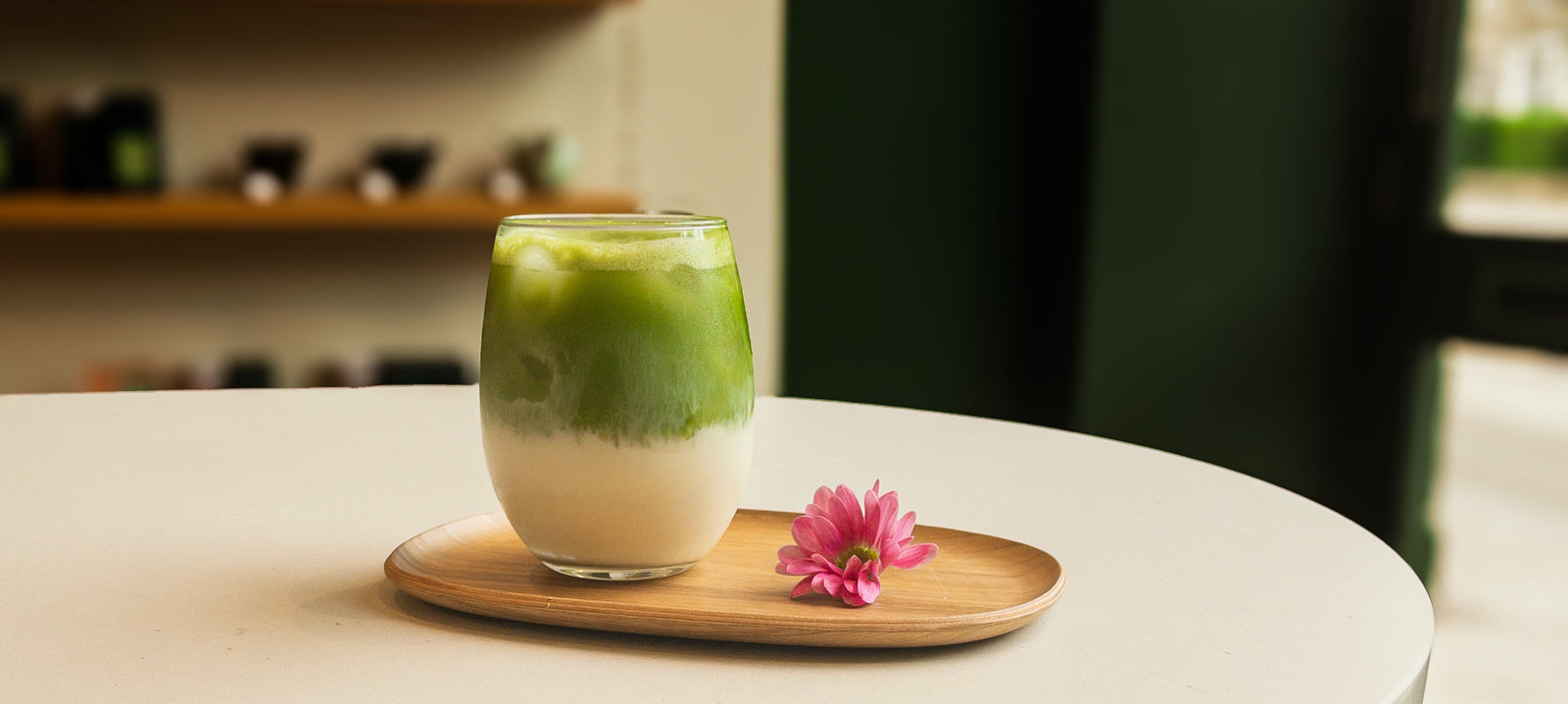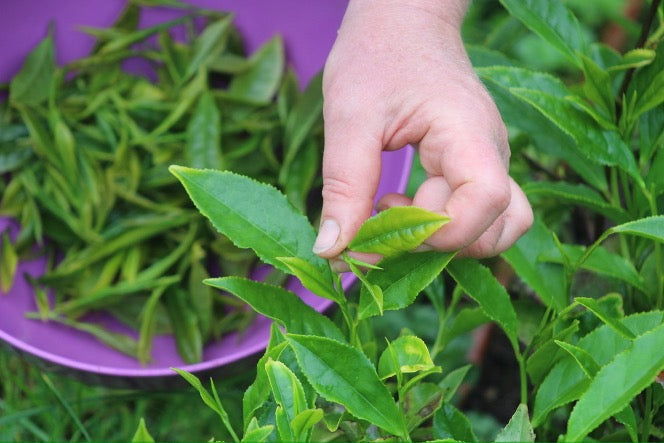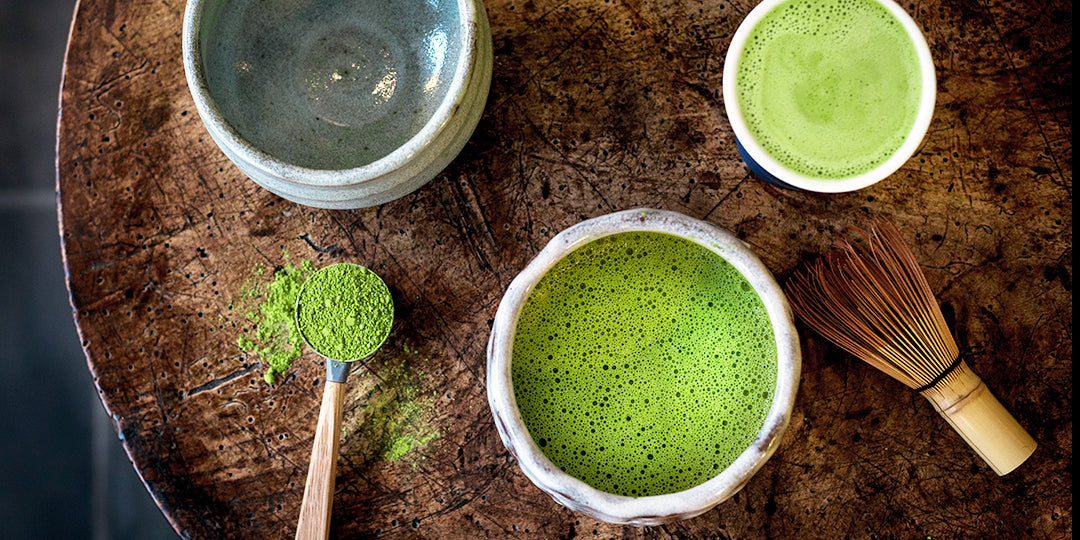Brewing Temperature Rules of Thumb
When it comes to brewing tea, there are many different variables to consider to get the best possible flavour, from selecting the proper teaware to finding the perfect leaf-to-water ratio. One of the most important factors to consider when brewing tea is the water temperature.
Different types of tea require different water temperatures to bring out their best flavours and aromas. While some teas taste best when brewed with boiling water, others should be brewed with water as low as 60 degrees Celsius. In this post, we'll help you decide what temperature water to brew your tea with.
 Here are some general rules of thumb to follow:
Here are some general rules of thumb to follow:
- For white and Japanese green teas, use water that is around 70 degrees Celsius. White teas are delicate and require lower temperatures to prevent their leaves from losing their natural flavours and aromas. If brewed too hot, Japanese green teas release too much bitterness that overshadows their delicate flavours.
- For Chinese green teas, brew with water that is around 80 degrees Celsius. Some high-quality pre-rain teas like Anji Baicha do well at slightly higher temperatures.
- For light Oolongs, use water that is around 85 degrees Celsius. Dong Ding, Huang Jin Gui, and Tie Guan Yin (Iron Goddess) all fall under this category.
- For black teas, Dancong oolongs, dark roasted oolongs like Da Hong Pao, and pu-erh teas use boiling water. These teas are more robust and require water that is as hot as possible to pull out all of their complex flavours. Consider using a clay teapot that, when warmed, will keep your water very hot.
- For most herbal teas and tisanes, use boiling water.
These are reliable guidelines, but the best water temperature for your tea will vary depending on the specific tea and your personal taste preferences. For example, some green teas, like Anji Baicha, may taste better at slightly higher temperatures, while some black teas may taste better at slightly lower temperatures. Don't be afraid to experiment and try different temperatures. Start with a slightly lower temperature and work your way up. Keep other variables, such as steeping time and leaf-to-water ratio, constant while experimenting with temperature.
Importantly, remember to warm your teaware before brewing. Not warming your pot can have a significant impact on the temperature of the water during the brew. A Western-style pot made of thick porcelain will suck a lot of heat out of even boiling water. On the other hand, a pre-heated clay teapot will ensure your water stays piping hot for brewing roasted oolongs and pu-erhs. Placing your tea leaves in a warm steamy pot also gives you a moment to smell all the aromas emanating from your leaves before brewing.
The material and design of the teaware itself also impacts brewing temperature. Clay teapots keep your water very hot, while silver teapots will allow water to cool much quicker. Some pots have narrow openings, whereas a gaiwan has a large mouth that dissipates heat faster. Choose clay or porcelain pots when brewing teas that need high temperatures. Feel free to use your silver teapots and gaiwans for teas that require lower temperatures.
In conclusion, brewing tea is an art and a science. You can have a lot of fun experimenting with temperature. But there are some practical rules of thumb you can rely on to brew a decent pot of tea.

